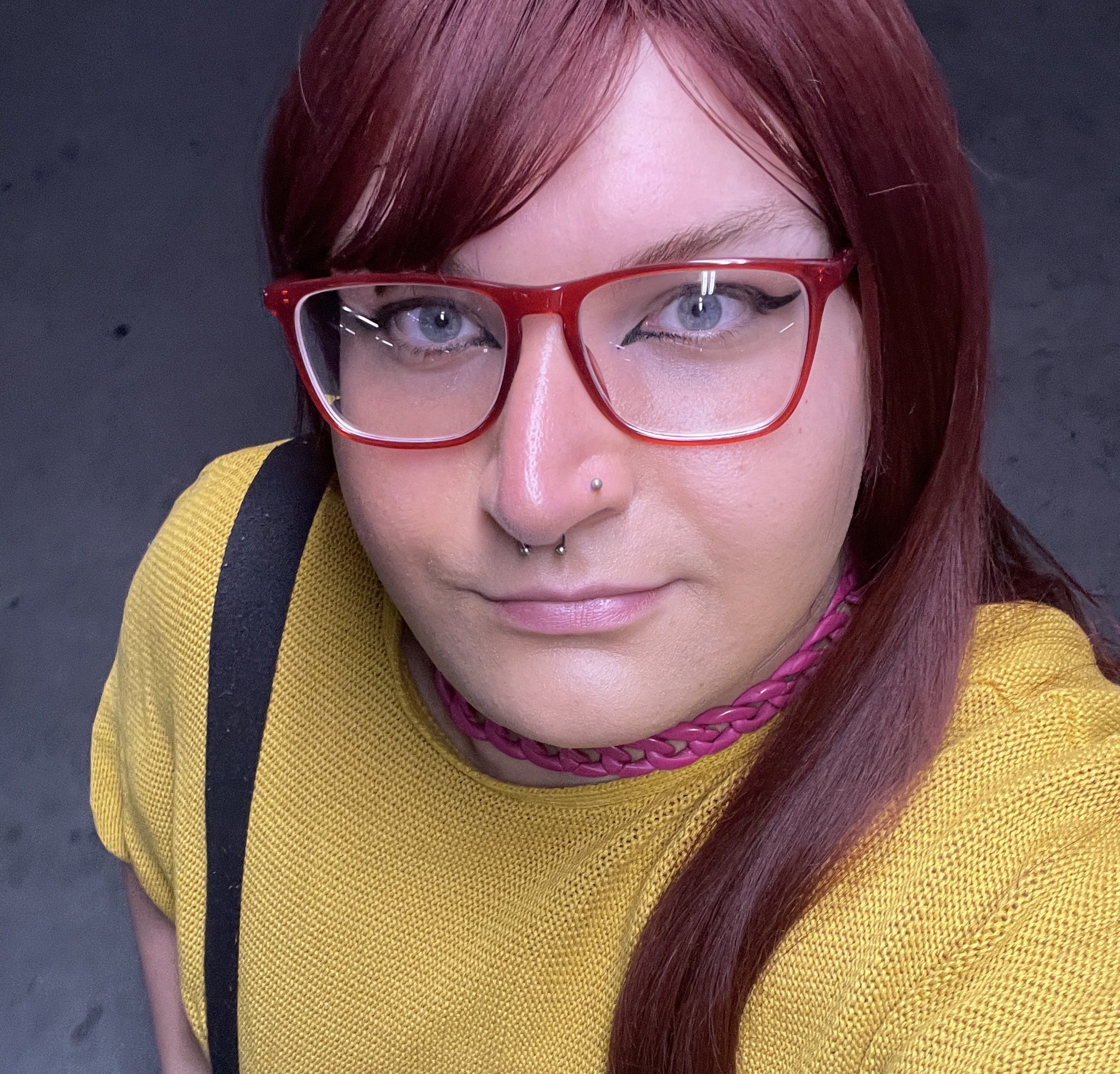You Me At Six’s Max Helyer: “The best way to describe how I write a song is that I look at it as though I’m a painter”
A molotov cocktail of rock and pop set to ignite the scene like never before, the latest effort from You Me At Six is easily their most ambitious, if not their outright best.

For pop-rock titans You Me At Six, the road to Suckapunch has been long and winding, fraught with potholes and speed-bumps aplenty. But now, on the cusp of the album’s hotly anticipated release (after a handful of COVID-related delays, of course), rhythm guitarist Max Helyer looks back on it all with a sigh of relief and a slight chuckle. It took him and his bandmates almost two decades to reach the level they’re at – the level they’ve always strived to reach, but never quite knew how to climb – and now that they’ve finally made it, there’s nothing but good vibes.
Helyer describes Suckapunch as the definitive You Me At Six album, and such is certainly palpable when listening to it – from the glittery and lowkey “What’s It Like” to the absolutely mental “MAKEMEFEELALIVE”, LP7 showcases the band at their absolute most daring, unafraid to subvert traditional pop tropes with gritty punk attitudes, bassy electro-driven soundscapes and fiery rock ’n’ roll riffs. To achieve such a diverse and dynamic set of musical gems, the band took it upon themselves to spread far and wide outside their comfort zones; in Helyer’s case, that meant putting down the guitar and exploring the world of digital audio workstations.
Was the idea to push yourselves as hard as you could on a creative wavelength?
Definitely. I mean, when you look at our band and the catalogue we’ve got, I think we always try to push ourselves forward with each new record. We want it to challenge the listener, y’know? We don’t want to keep repeating the same formulas over and over again, because we feel like that would be copping our fans out of something fresh and exciting. But also for ourselves, as creatives, it’s important to stay on your toes. Dan [Flint, drums] and I, we’ve gotten a lot more into production and making music from home, using different tools to create our songs.
I spend a lot of time making music on a Mac now, whereas two or three records ago I would have to write a song on the guitar and hope for the best; I’d go, “Right, I’ve got this song idea… But, uh, I need everybody here to show you.” But now, Dan and I can build songs on our laptops to a state that showcases a fully formed direction and aesthetic. We have more control over, and ownership of, how the songs sound and the directions we can take them in. And we can be as big and brave and bold as we want to be, because y’know, if an idea doesn’t work out, we can always just go back and change things around in the files.
What’s your philosophy towards how you build a demo in that virtual space?
The best way to describe how I write a song is that I look at it as though I’m a painter – you start off with a blank canvas, which I’d look at as the production, and you have a palate of colours. And being able to add or subtract as many different colours as you want, it allows you to really dive down the rabbithole and explore what’s possible. I love being adventurous and creative, and that’s why I’m a musician – it’s the way I express myself. And some of the mistakes that happen in the production turn out to be some of the greatest things that can happen to a song. When we got into the studio with Dan Austin, I showed him some of the ideas I’d been working on, and was he like, “Oh, that’s really cool and that’s really cool,” and he was picking out all these different stems that he liked. I thought they would all be erased out or not used at all, but some of the earliest little ideas I put down in Logic ended up making it to the final mix.
How did that dynamic translate to your role as a guitarist?
Well, when we were writing “MAKEMEFEELALIVE”, I was in a spot in my life where I felt a lot of anger and a bit of a rebellious attitude; I was listening to stuff like The Prodigy and Marilyn Manson, and kind of going back to my older, heavier roots – you don’t forget where you come from, y’know? And I kind of wanted to bring that back to You Me At Six, knowing that for some of our fanbase, their favourite records are Sinners Never Sleep and Take Off Your Colours, which have a lot of aggression and anger to them. But also, working with Dan on the production level we’d started exploring, we said to ourselves, “Let’s not make it all just super angry rock riffs – let’s try to bring some breakbeat into it. Let’s play with some flavours that our band hasn’t touched on before.” We wanted to make it more exciting for ourselves. Because if the artists aren’t excited when they’re making the song, that’s going to come through in the song itself.
I know you’re still big on using an analogue signal chain for your guitar parts. Why have you remained so staunch on that?
I love the challenge. Every day is a new challenge when you’re working with analogue equipment. Every scenario you go into, your amps are going to sound different. Different rooms are going to change the tone of what I’m playing, just by virtue of the acoustics. Our guitar tech turned around to me recently and went, “Man, I forgot how much of an amazing setup you have.” That’s something I’ve been working on since 2013, I’ve really been honing in on my live sound and what I use to accomplish it. It’s become somewhat like my baby, y’know? It’s a part of who I am as a human being! It also compliments what the other guys do as well.
Get The Pick Newsletter
All the latest guitar news, interviews, lessons, reviews, deals and more, direct to your inbox!
What are the crown jewels of your current setup?
There’s this company called Audio Kitchen – they’re a boutique amp company from the UK, and the guy behind it, Steve Crow, is an amazing designer; I can’t speak highly enough of him! Whatever he does in his studio, making these chipboards and getting his amps to sound the way they sound… I basically hunted him down after I saw the amps he’d made for some people. I think it was Yannis [Philippakis] from Foals, he was using this pedal called the Big Trees – it’s like a tube distortion pedal, which was really cool, and I was really interested in buying one; and Steve had made custom guitar heads for the Foo Fighters, Queens Of The Stone Ages, the Arctic Monkeys, The Cure… So I was just like, “This guy must be doing something amazing.” So I hit him up and said, “Hey, can you do something up for me?”
That was in 2013, and he’s been a very good friend of mine since. And I’ve noticed that a lot more people around the world now know about his products. Even when I was at Abbey Road for our Amazon Original session, one of the engineers was like, “Ah, I see you’ve got a Little Chopper! I’d love to get one of them!” That’s a guy at Abbey Road, y’know? And Steve is just a guy who makes amps and pedals in a little suburban garage in London. When you’ve got an engineer working at a historical recording studio like Abbey Road saying, “Oh, I’ve heard about these amps, I’ve heard they’re amazing,” that’s when you know you’re onto something!

Ellie Robinson is an Australian writer, editor and dog enthusiast with a keen ear for pop-rock and a keen tongue for actual Pop Rocks. Her bylines include music rag staples like NME, BLUNT, Mixdown and, of course, Australian Guitar (where she also serves as Editor-at-Large), but also less expected fare like TV Soap and Snowboarding Australia. Her go-to guitar is a Fender Player Tele, which, controversially, she only picked up after she'd joined the team at Australian Guitar. Before then, Ellie was a keyboardist – thankfully, the AG crew helped her see the light…
Ozzy Osbourne’s solo band has long been a proving ground for metal’s most outstanding players. From Randy Rhoads to Zakk Wylde, via Brad Gillis and Gus G, here are all the players – and nearly players – in the Osbourne saga
“I could be blazing on Instagram, and there'll still be comments like, ‘You'll never be Richie’”: The recent Bon Jovi documentary helped guitarist Phil X win over even more of the band's fans – but he still deals with some naysayers










